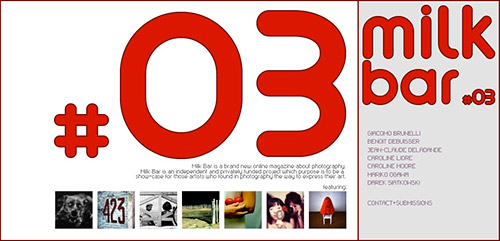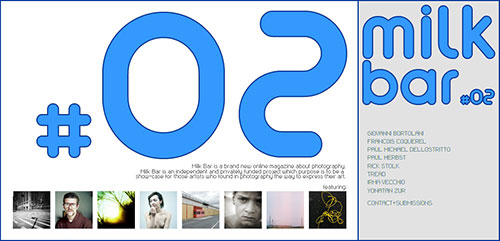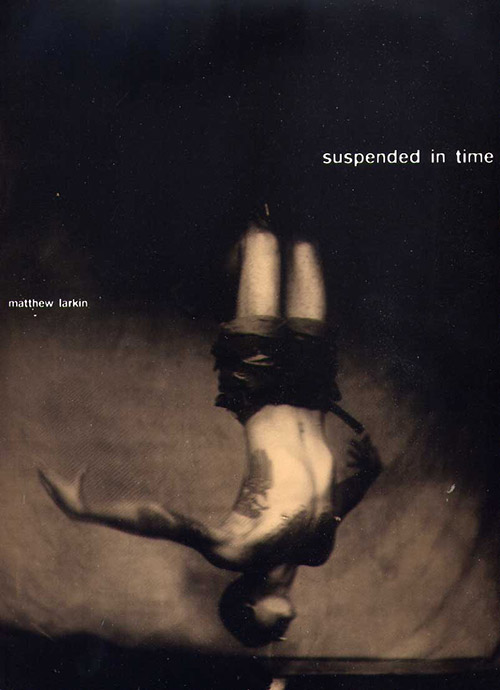These three Kodak publications are available as PDF downloads from archive.org. As you can see, they’re quite old, and the copyright has expired.
Kodak Monograph 1: The silver bromide grain of photographic emulsions, Adrian Peter Herman Trivelli (1921)
Kodak Monograph 2: The theory of development, Adolph H. Nietz (1922)
The Photographic Negative, William Henry Burbank (1888)
Written as a practical guide to the preparation of sensitive surfaces by the calotype, albumen, collodion, and gelatin processes, on glass and paper, with supplementary chapters on development, etc.
Photographic printing methods: a practical guide to the professional and amateur worker, William Henry Burbank (1891) (thanks, Glenn!)
Via APUG member Emulsion


